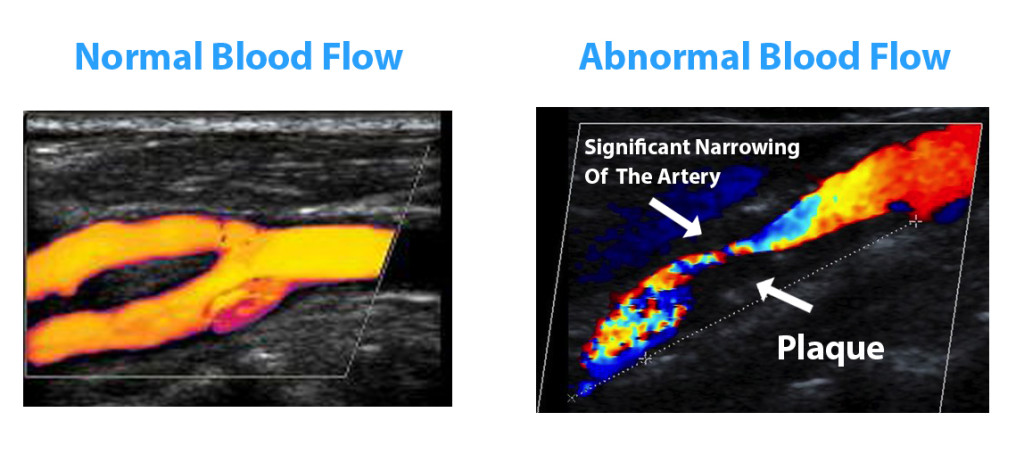
Peripheral Artery Disease: Understanding Doppler Ultrasound
Peripheral Artery Disease (PAD) is a condition that affects blood flow to the limbs, most commonly the legs. It can lead to pain, discomfort, and even serious complications if left untreated. Doppler ultrasound is a crucial diagnostic tool used to assess blood circulation in the extremities and diagnose PAD. In this blog post, we will explore the significance of Doppler ultrasound in diagnosing PAD, how the procedure works, its benefits, and its role in improving patient outcomes.
The Role of Doppler Ultrasound in PAD Diagnosis
Doppler ultrasound is a non-invasive imaging technique that uses sound waves to evaluate blood flow and pressure within blood vessels. When applied to PAD diagnosis, Doppler ultrasound assists in:
Blood Flow Assessment: Doppler ultrasound detects and measures the speed and direction of blood flow in arteries and veins. This information helps healthcare providers identify blockages, narrowing, or restrictions in blood vessels—common characteristics of PAD.
Ankle-Brachial Index (ABI) Calculation: ABI is a key indicator of PAD severity. It’s determined by comparing blood pressure measurements at the ankle and the arm. Doppler ultrasound is essential in obtaining accurate blood pressure measurements at these locations to calculate the ABI.
Identifying Stenosis and Occlusions: Doppler ultrasound’s ability to visualize blood flow allows healthcare professionals to identify stenosis (narrowing) and occlusions (blockages) within blood vessels. This information is crucial for treatment planning.
Monitoring Disease Progression: Doppler ultrasound is used to monitor the progression of PAD over time. Regular ultrasounds can help healthcare providers assess the effectiveness of treatment and make necessary adjustments.
The Doppler Ultrasound Procedure for PAD Diagnosis
Preparation: The procedure generally doesn’t require extensive preparation. You might be asked to wear loose clothing or change into a gown for easier access to the limbs.
Procedure: During the ultrasound, a gel is applied to the skin over the area being examined. The gel helps the sound waves travel smoothly and prevents air gaps. The ultrasound technician uses a handheld device called a transducer, which emits sound waves and captures the echoes produced by the movement of blood. These echoes are translated into visual and auditory information.
Blood Flow Assessment: The technician will focus the transducer on different areas of the limb, including the arteries and veins. By analyzing the sound waves, the technician can create images and measurements of blood flow.
ABI Calculation: The technician will use a blood pressure cuff and Doppler ultrasound to measure blood pressure at the arm and ankle. These measurements are used to calculate the ABI, a key parameter in diagnosing PAD.
Benefits of Doppler Ultrasound for PAD
Non-Invasive: Doppler ultrasound is non-invasive, meaning it doesn’t require surgical procedures or injections.
Accurate Diagnosis: Doppler ultrasound provides real-time visualizations of blood flow, aiding in accurate diagnosis and assessment.
Early Detection: Early detection of PAD through Doppler ultrasound allows for timely intervention and better management of the condition.
Risk Assessment: ABI calculation using Doppler ultrasound helps assess the risk of complications such as ulcers and amputations.
Conclusion
Doppler ultrasound plays a pivotal role in diagnosing and managing Peripheral Artery Disease. By providing detailed insights into blood flow and pressure, it enables healthcare providers to make informed decisions about treatment and lifestyle changes. If you’re experiencing symptoms such as leg pain, cramping, or numbness, consulting a medical professional and considering a Doppler ultrasound can contribute to preserving your vascular health and overall well-being.

